Watching the weather is par for the course for many gardeners, but with accelerating climate change and extreme weather events becoming more frequent, we are all feeling the impact. Recent reports suggest that we are experiencing the wettest winter in 130 years, and with flood warnings widespread, the way in which we garden will need to change.
Discover more about Naomi's Chelsea Flower Show garden
You may also like
- How are gardeners adapting to climate change
- Garden design trends to follow this year
- How to make the most of rainfall
- How to collect rainwater
- Saving water in garden design
Flooding can arise in various ways. Heavy rain may simply not be able to drain away fast enough, and impermeable surfaces such as roads and driveways can make this worse; rivers might burst their banks or groundwater may rise and pool. In addition to the nature of the flooding, its duration and timing are relevant. Most plants will tolerate a brief, one-off immersion, where the water quickly drains away, for example, but ground that is boggy over long periods is a completely different situation. The season and the impact on plants that are dormant and those that are actively growing will also differ, as where water replaces air in the soil, growing roots are unable to breathe and they will rot and drown.
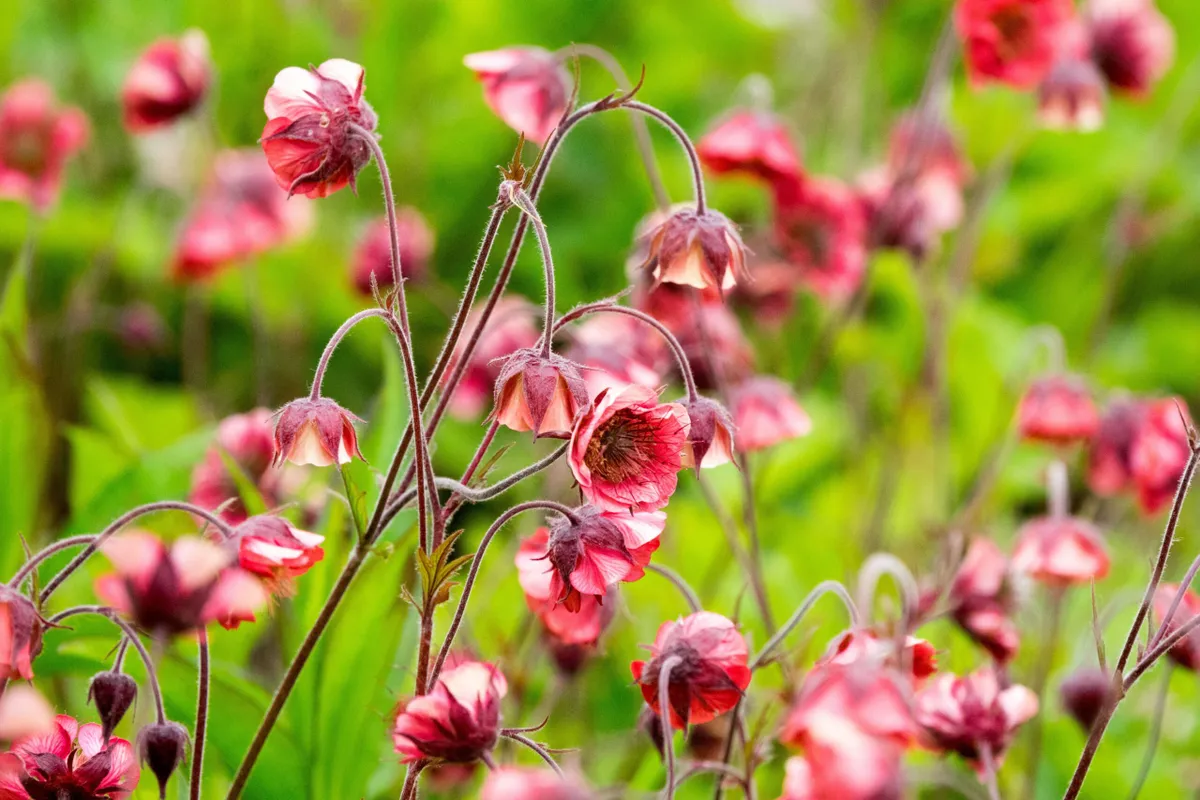
The challenge of flooding is explored by the Flood Re: The Flood Resilient Garden, which I am designing for RHS Chelsea 2024, along with my co-designer Dr Ed Barsley. At its core, it combines good horticulture and planting with sustainable drainage principles; water is stored in a large pond and ornamental water feature, while slopes and elevated areas provide drainage and drier spots, even during rainy weather. The plants, meanwhile, have been chosen according to their tolerance to wet feet, some revelling in boggy ground and others that are happy with moisture, while enjoying dry weather, too.
As the rain continues to fall, gardens now need to be planned in such a way as they will accommodate excess water – however it arrives. Choosing plants that better suit the conditions is a good start; Betula nigra, Sambucus nigra cultivars and Pinus sylvestris are tolerant of moisture, for example while Amelanchier, Liquidambar and Taxodium distichum – the swamp cypress – actively prefer it. In naturally boggy places or where groundwater is high, meanwhile, it may be best to accept the status quo, perhaps putting in a pond or rain garden, rather than installing drainage which may not be effective.
While no single action will solve the problem, we can all play our part in helping to future-proof our gardens, and to help rethink our approach the Flood Re: The Flood Resilient Garden showcases a range of agile responses to wet ground and heavy rainfall. Water is increasingly becoming an issue, and for gardens that will thrive and survive it makes sense to harness and embrace it, capturing the rain, putting it to use, and planting appropriately to create beautiful spaces to enjoy.
The best plants for gardens that flood
Shrubby cornus
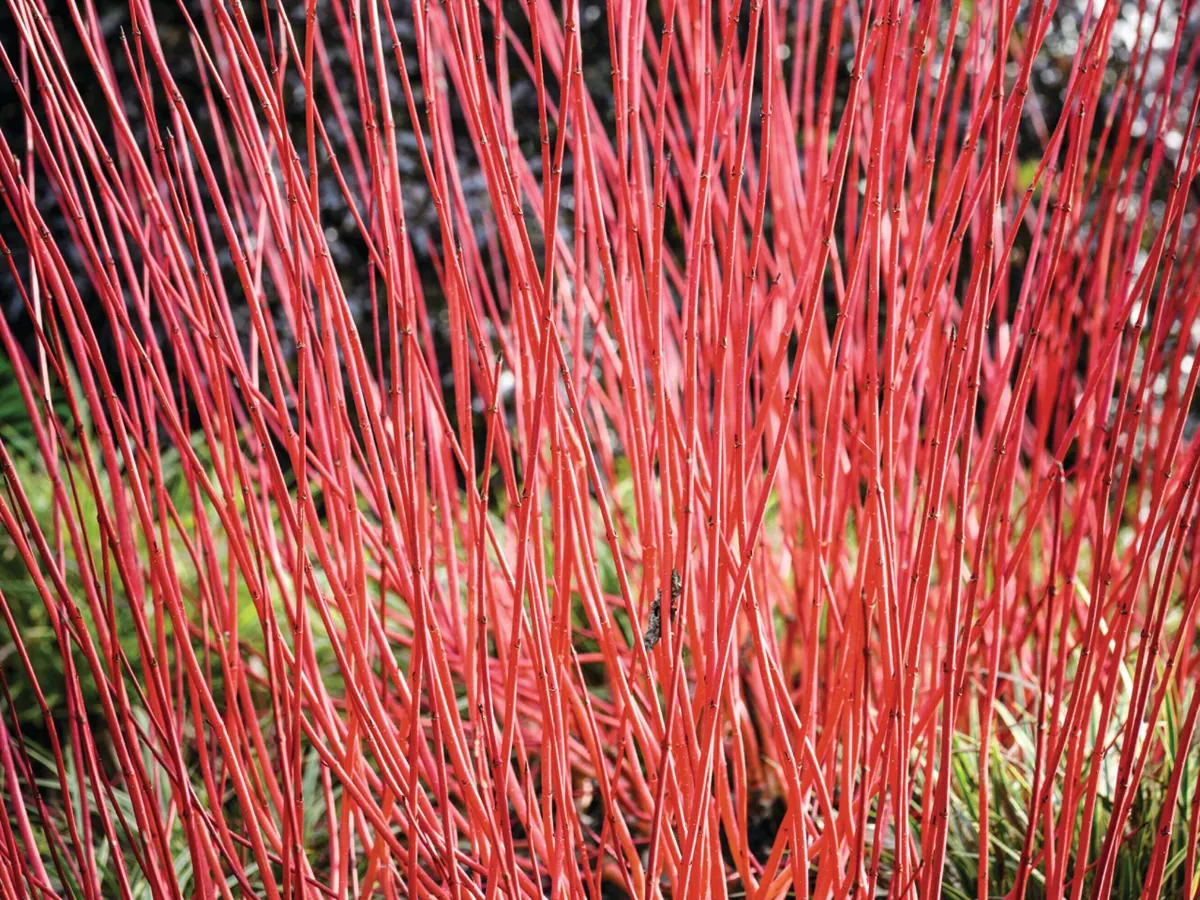
In a damp spot that never dries out, even in summer, Cornus alba ‘Sibirica’ or ‘Baton Rouge’ are unbeatable. Use as massed planting or underplant a single shrub with Bergenia or snowdrops. In places that are generally drier but may still be prone to occasional flooding, try Cornus sanguinea species such as ‘Midwinter Fire’ or ‘Anny’s Winter Orange’ instead. Once established, these shrubs can be coppiced annually or biannually, for a consistent supply of colourful new wood, and this will also help to keep the plant compact in smaller spaces.
Salix alba var. vitellina ‘Britzensis’ syn Salix alba ‘Chermesina’
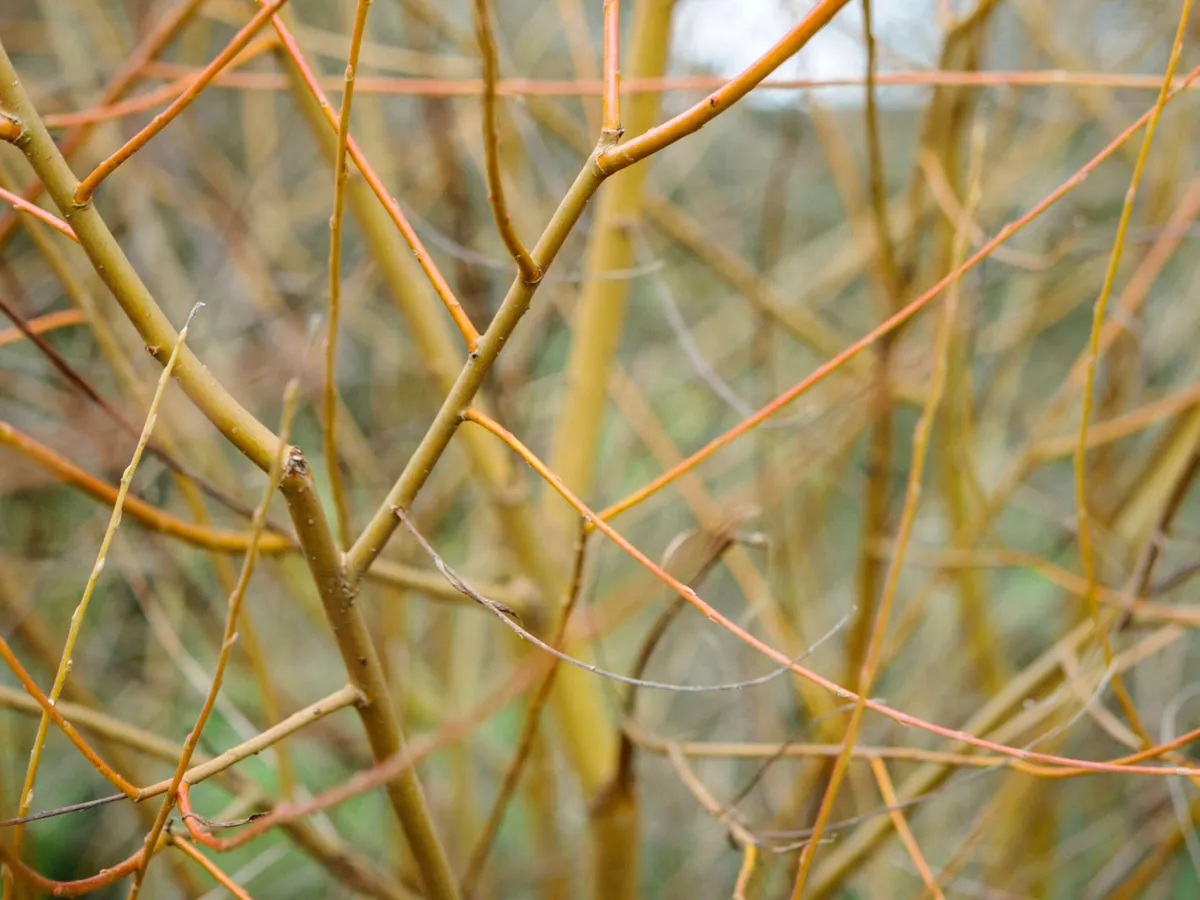
Willow trees are often found growing naturally near water, so this is a logical group of plants to consider in a flood-prone plots. They do vary however, with some species becoming untidy and sprawling, and even elegant weeping willows becoming large with time.
With an added helping of bright winter stem colour, Salix alba var. vitellina ‘Britzensis’, is more compact than most, however, and pollarding or coppicing can keep it more manageable, while still providing a ‘proper’ tree that can establish and make a good, resilient root system.
Ferns
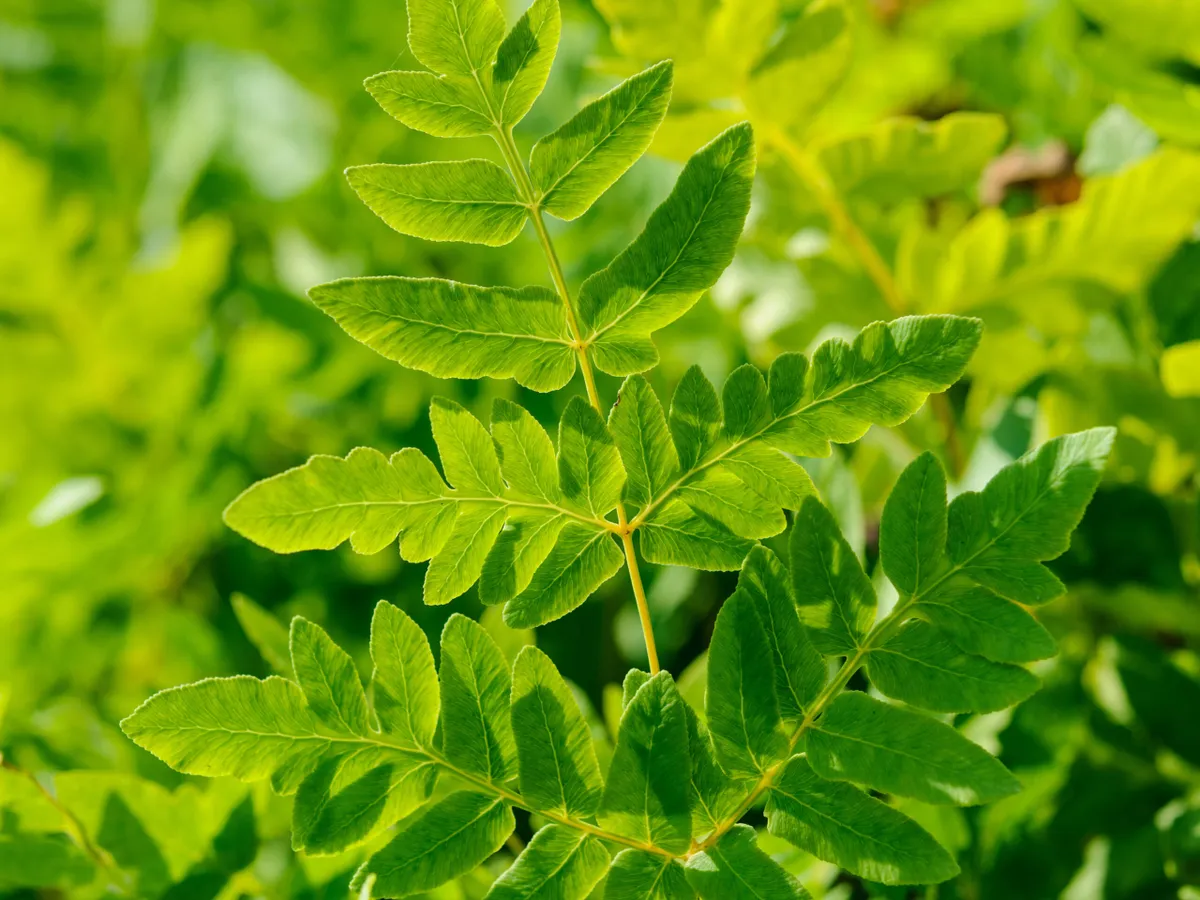
Frequently the first choice for damp and shady places, ferns may also be tolerant of much drier conditions, which makes them a particularly versatile subject. Evergreen ferns such as the harts tongue fern, Atherium scolopendrum are particularly effective, surviving quite happily in places that run with water in winter, and bouncing back after periods of drought too, while Cyrtomium fortunei is a more structural evergreen for a damp and sheltered spot. Handsome royal fern, Osmunda Regalis can be planted on dry land or in shallow water in full sun, and Dyropteris species are flexible woodlanders, both happy with water and also taking dry shade, once established.
Here's more on how to propagate ferns
Potentilla palustris
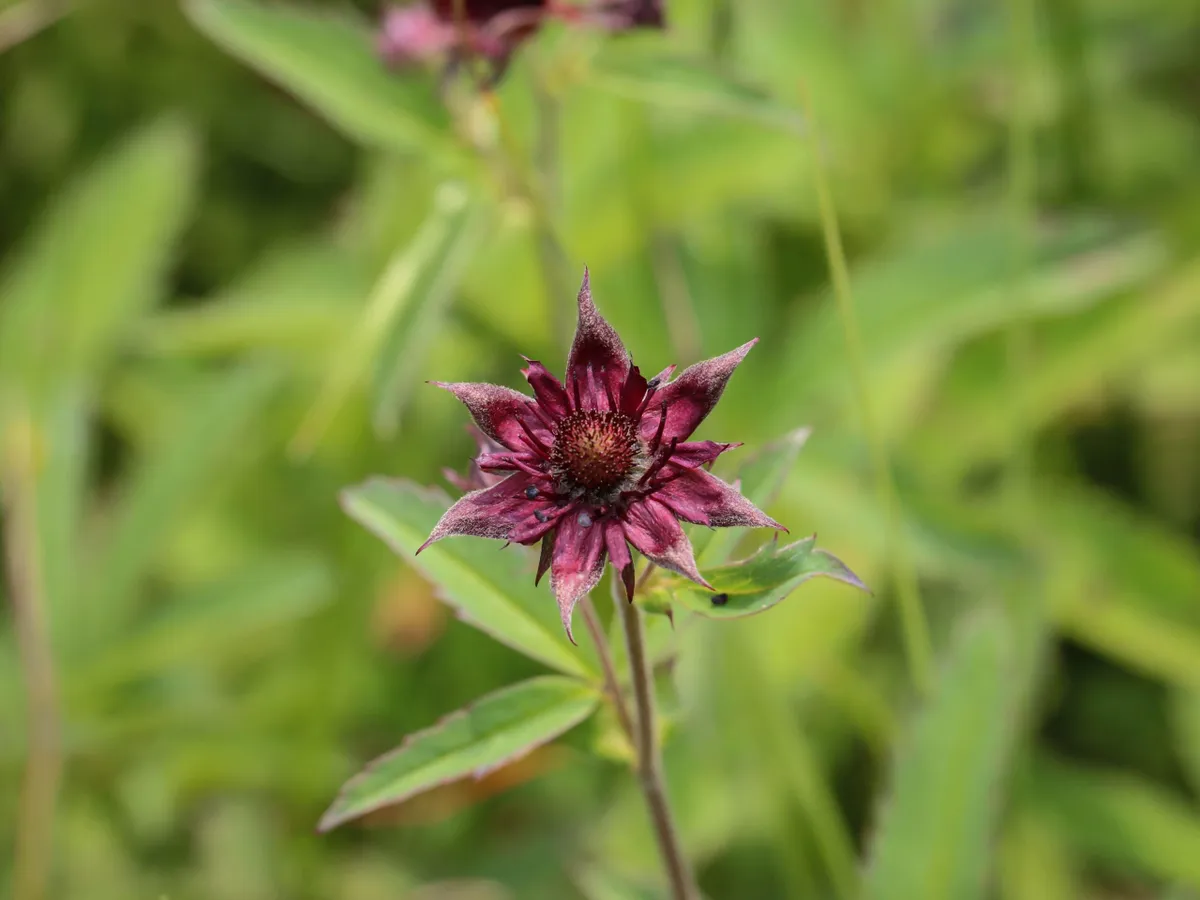
With its attractive divided leaves and starry, wine-coloured flowers Potentilla palustris is a British native plant that bears a clear resemblance to the more widely grown herbaceous and shrubby cinquefoils, to which it is related. Adapted to grow in marshland, it can be used alongside ponds and streams, and in areas of ephemeral flooding, in the same way as can plants such as Caltha palustris, Geum rivale and Astilbe.
In boggy conditions plant in sun, but in a drier spot some shade may be beneficial; the soil does not need to be permanently wet, but it shouldn’t dry out completely, and should the garden then flood Potentilla palustris will take it in its stride.
Geum rivale

Native to the British Isles, Geum rivale or water avens is a spreading rhizomatous plant, characterised by drooping orangey flowers with a contrasting calyx. Thriving in damp and shady areas, it can creep into part-sun, but the brighter it is, the more moisture is required, and in a sunny garden it is best planted under a protective shrub or overhanging tree. While the species is attractive in itself, a number of named cultivars exist, such as Geum rivale ‘Leonard’s Variety’ which is a dusty, bronze-rose colour.
Caltha palustris
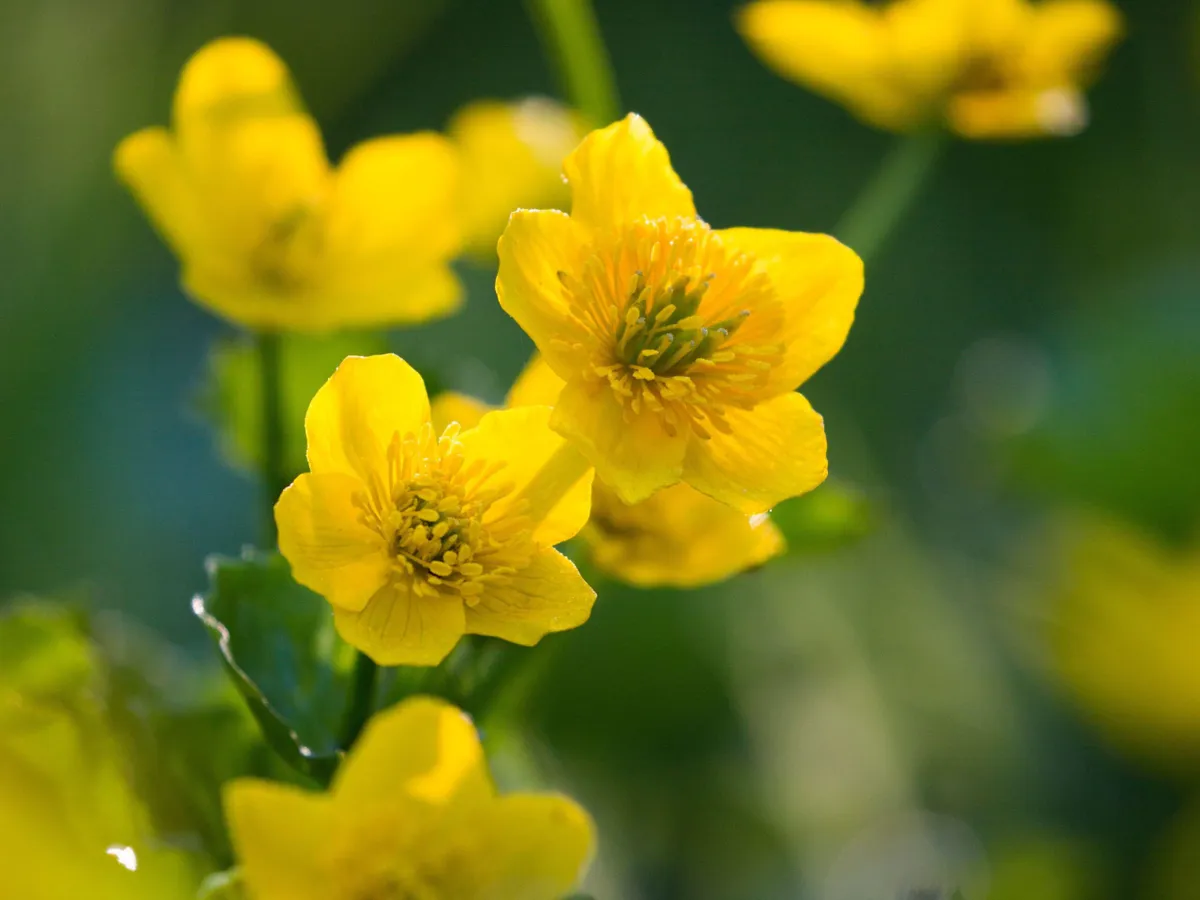
With lush, dark green leaves and cheerful, glossy golden flowers in April, marsh marigolds or kingcups grow wild in woodlands and by stream edges, and they are often viewed solely as a pond marginal. Revelling in thoroughly soggy winter and spring conditions, and accustomed to the rise and fall of seasonal freshwater inundation, the drier ground of summer does not usually trouble them too much, either. Cultivars include double Caltha palustris ‘Plena’ and white-flowered Caltha palustris var. alba; related Caltha polypetalla is a later-flowering alternative.
Carex
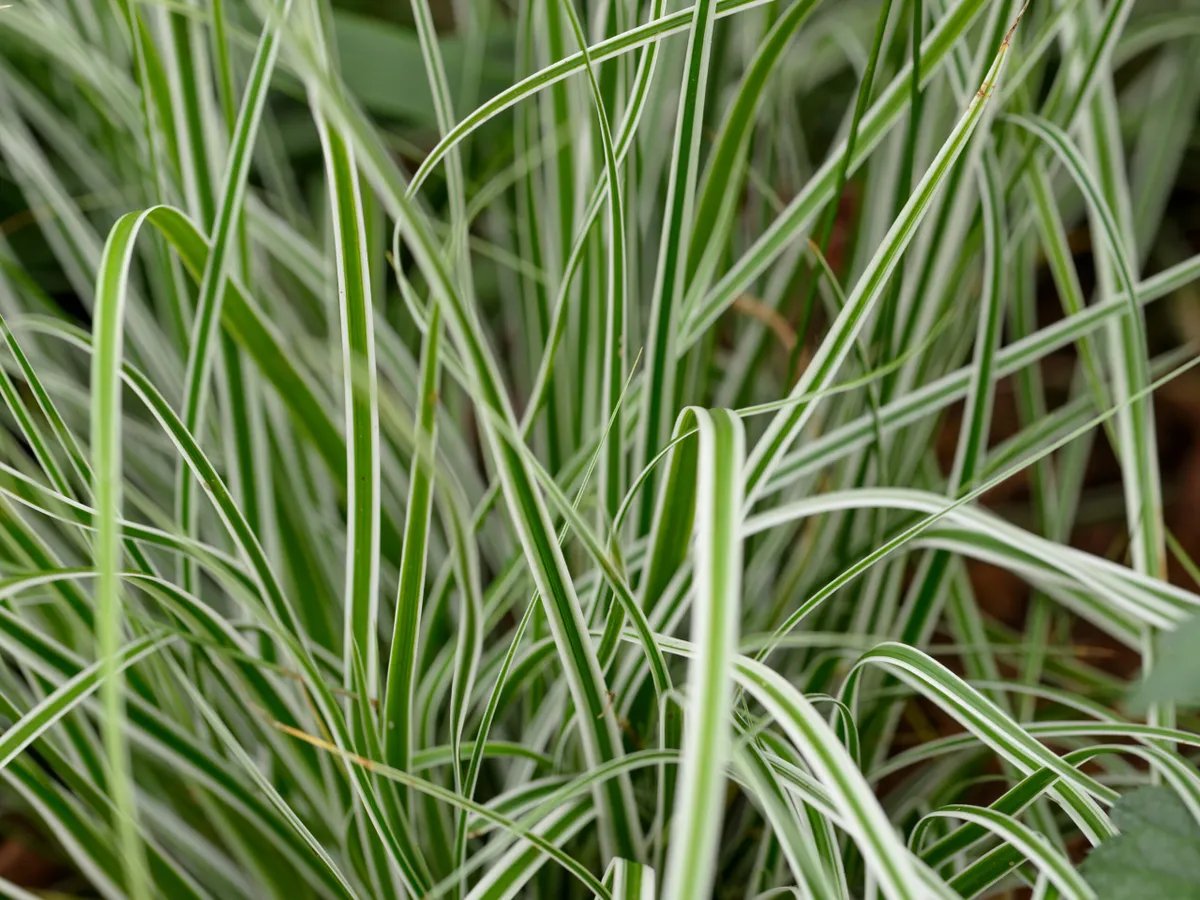
When creating flood resilient landscapes, sedges and rushes are often used for their ability to survive cyclical inundation and even total immersion, while the dense stems will slow the flow of water, and give it longer to drain away. Sedges are numerous, but the Carex species, in particular, make an attractive alternative to standard grasses in areas that are wet, or that suffer the effects of localised runoff. Carex grayii, forms an upright clump with dark green leaves and ornamental seed heads, while the arching foliage of Carex alata ‘Aurea’ is a decorative golden yellow. The popular series of variegated plants that include Carex oshimensis ‘Evergold and ‘Everest’ prefer well-drained soil, but the occasional inundation or period of heavy rain won’t finish them off by any means.
Hydrangea macrophylla
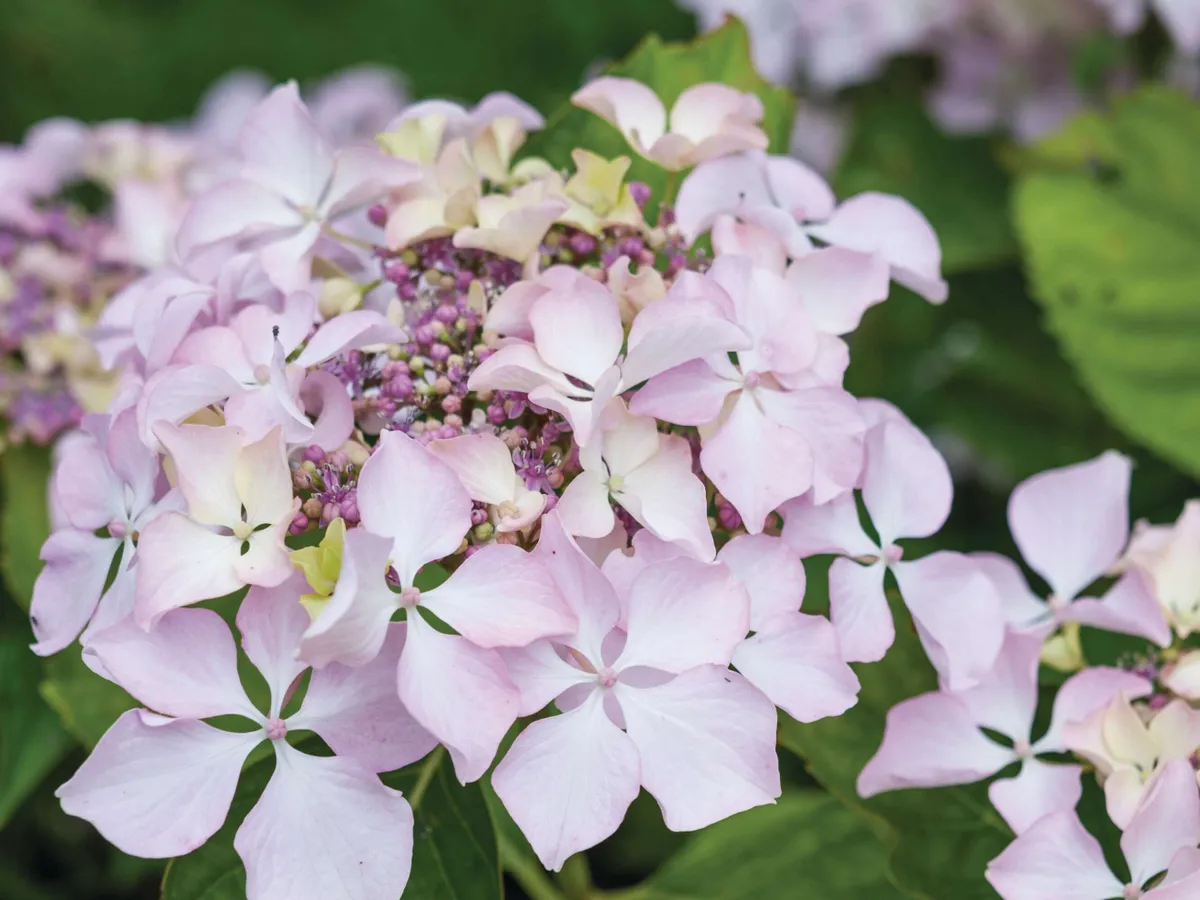
Although Hydrangea macrophylla may not be as cold-tolerant as some of its relatives, it really does like damp feet and it is an excellent choice for a sheltered spot with reliably moist soil. This is a plant with many attractive cultivars; these do best in semi-shade or dappled conditions, but if given plenty of water at its roots they will also take full sun, and Hydrangea macrophylla will even grow in boggy ground if it has to. In locations which get colder but may also flood, cultivars of Hydrangea paniculata are resilient.
Physocarpus opulifolius ‘Diabolo’
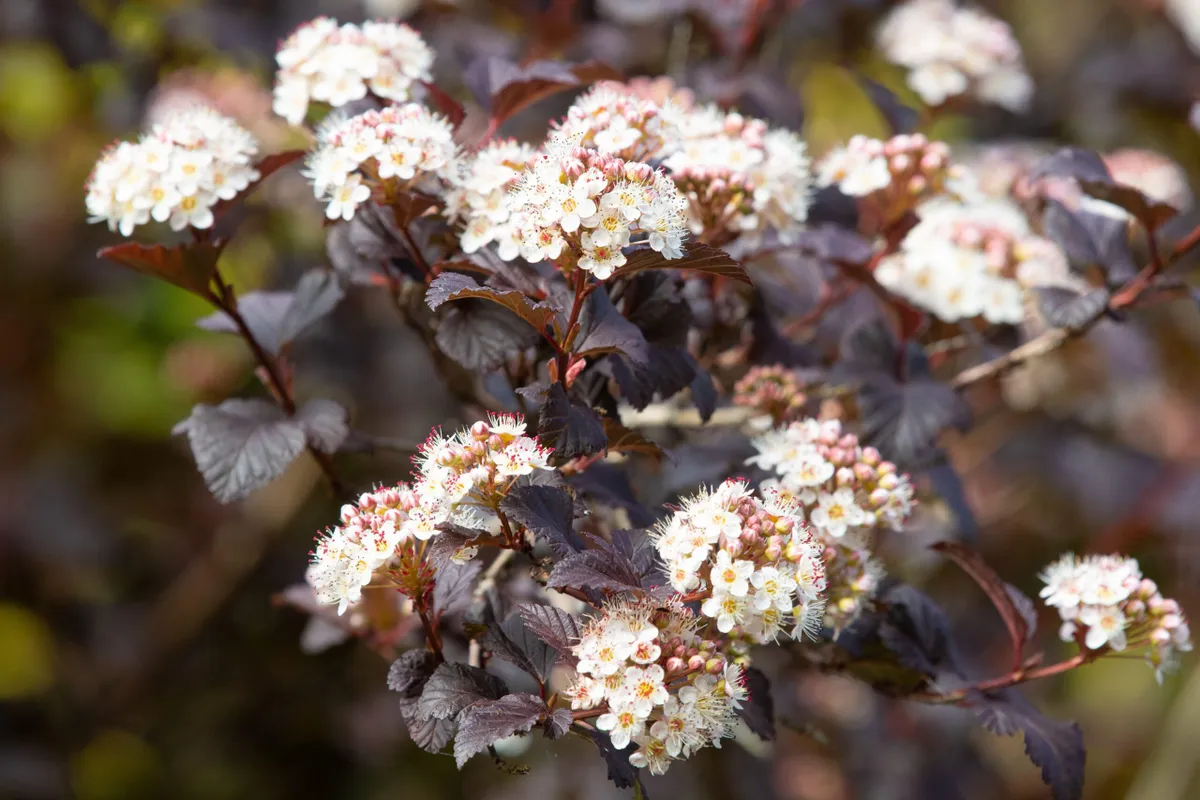
Grown for its coloured foliage and clusters of small flowers, this deciduous shrub will thrive when it is given a spot with deep, slightly heavy, permanently damp soil. Both decorative and magnificently unfussy about persistent rain and winter flooding, Physocarpus is a good addition to a cutting garden or shrub border in wetter areas. ‘Diabolo’ is a dramatic inky-purple but alternative cultivars include yellow-leaved Physocarpus opulifolius ‘Dart’s Gold’ and orange ‘Amber Jubilee’.
Lobelia cardinalis
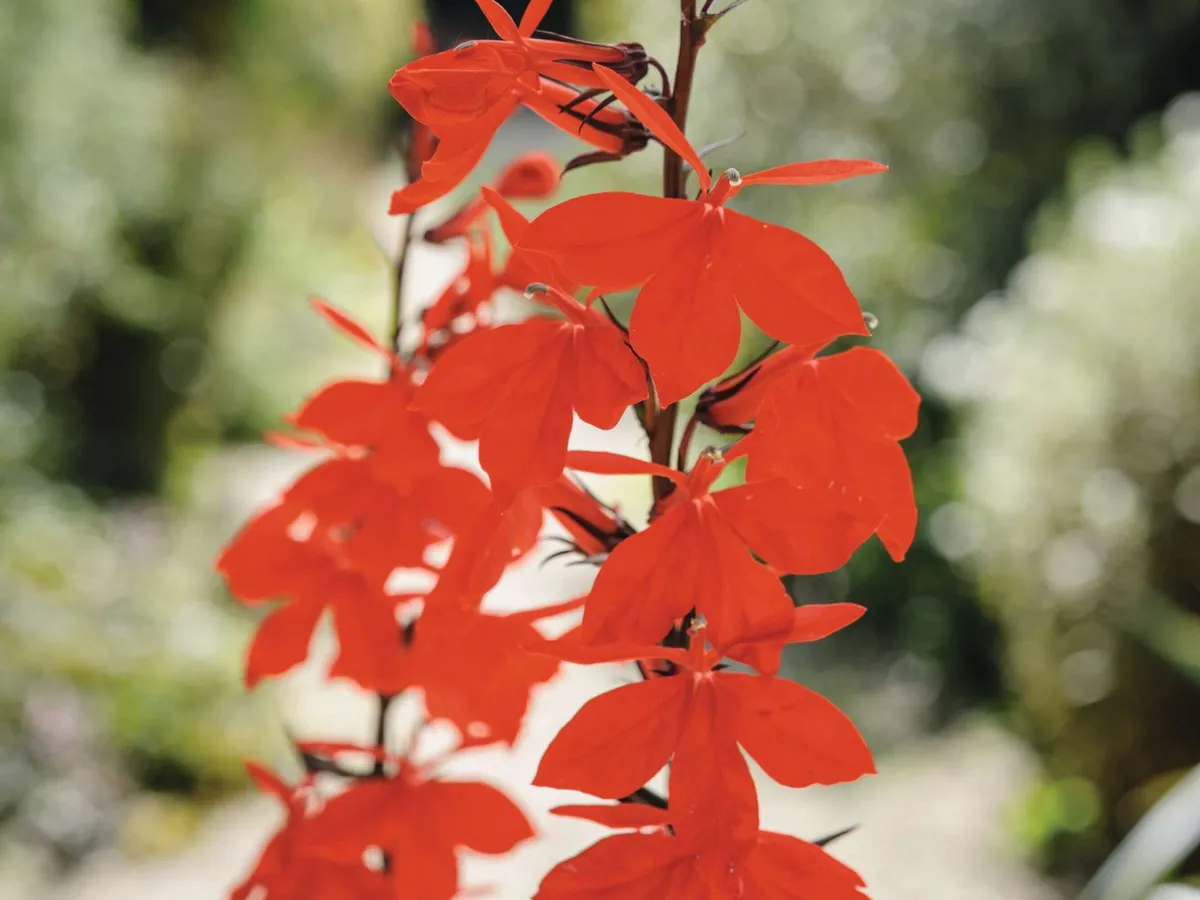
A prime candidate for an intermittently soggy location Lobelia cardinalis is a bit of a dream. A hardy herbaceous perennial with green-bronze leaves, the showy, bright red flowers are produced in summer and autumn, on stems around 1m tall, arising from a basal rosette. Where there is rich and moisture-retentive soil it grows happily in the border, but it can also be used as a marginal or even as a pond plant, in water up to 15cm deep, provided it gets full sun.
Acorus gramineus ‘Ogon’
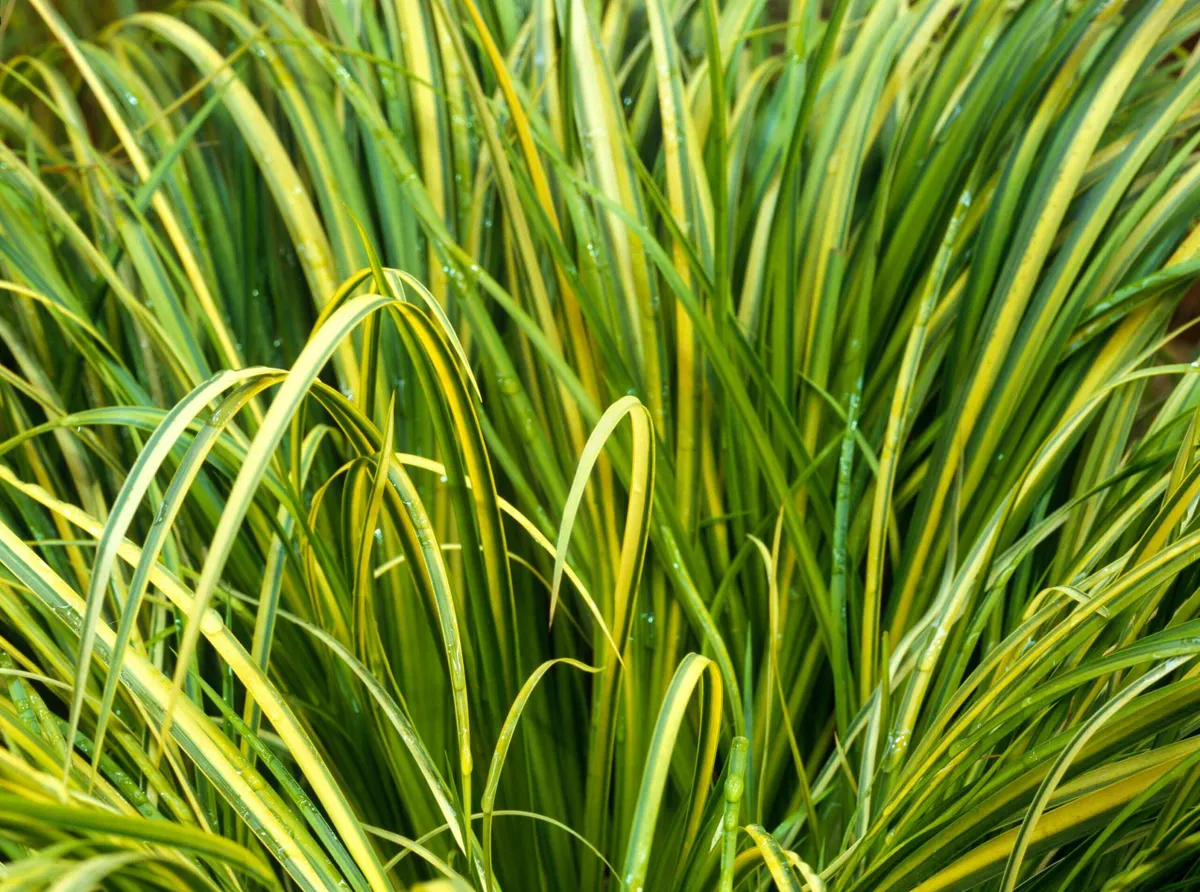
Evergreen grasses generally respond better to flooding than their showier deciduous counterparts, and where conditions are variable, Acorus gramineus ‘Ogon’ borders on bomb-proof. Evergreen or semi-evergreen, depending on location, the variegated golden-yellow leaves are ideal for brightening up a dark corner, and the plant is happy in shallow water and bog, as well as in drier conditions.
On heavy ground or where water availability is unpredictable this plant is an asset, and it can be considered for areas that collect water during protracted rain, or where an ephemeral stream appears after a downpour.
Lilium pardalinum
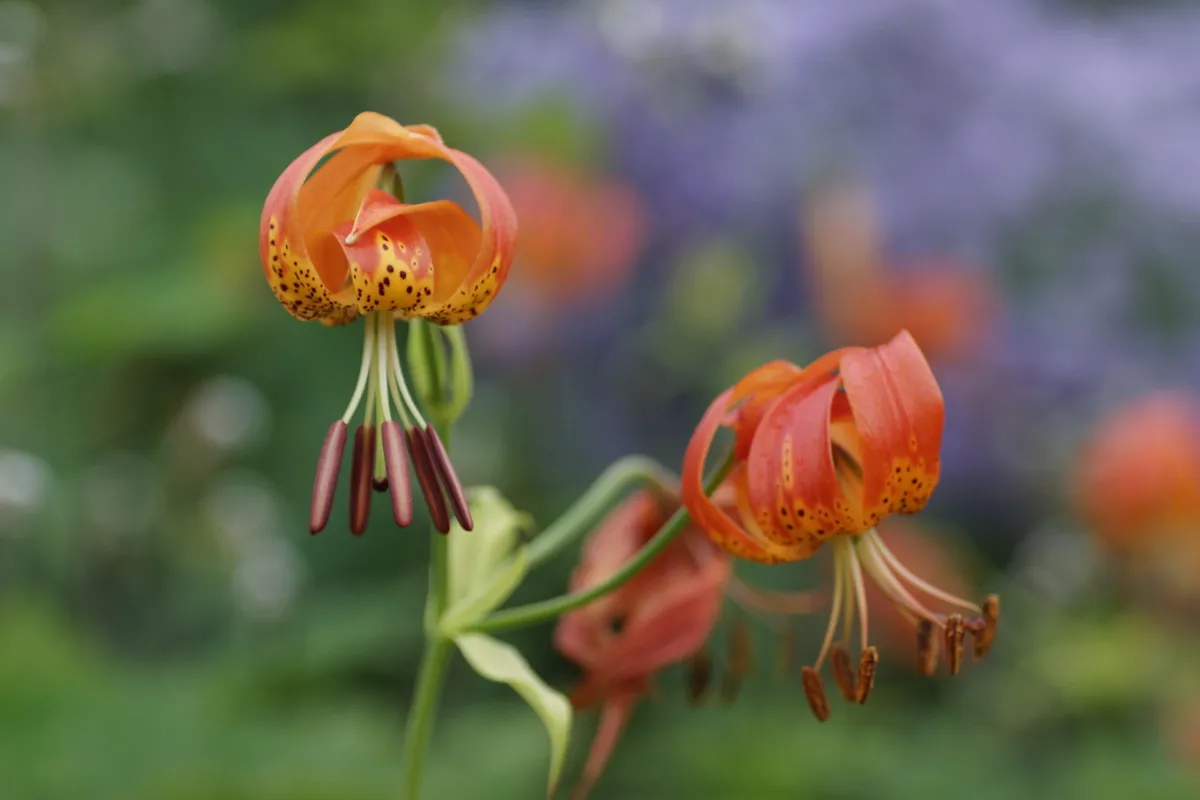
While bulbs in general can resent too much water, the leopard lilies that originate in the damp woodlands of the Pacific Coast of the USA are used to both moisture and seasonal flooding. The plant is vigorous and over time it will produce substantial clumps of rhizomatous bulbs; in summer the erect stems are topped with highly reflexed Turk’s cap flowers in an arresting shade of tangerine. Lilium pardalinum will grow in drier soil, but the plants will be shorter.
Camassia
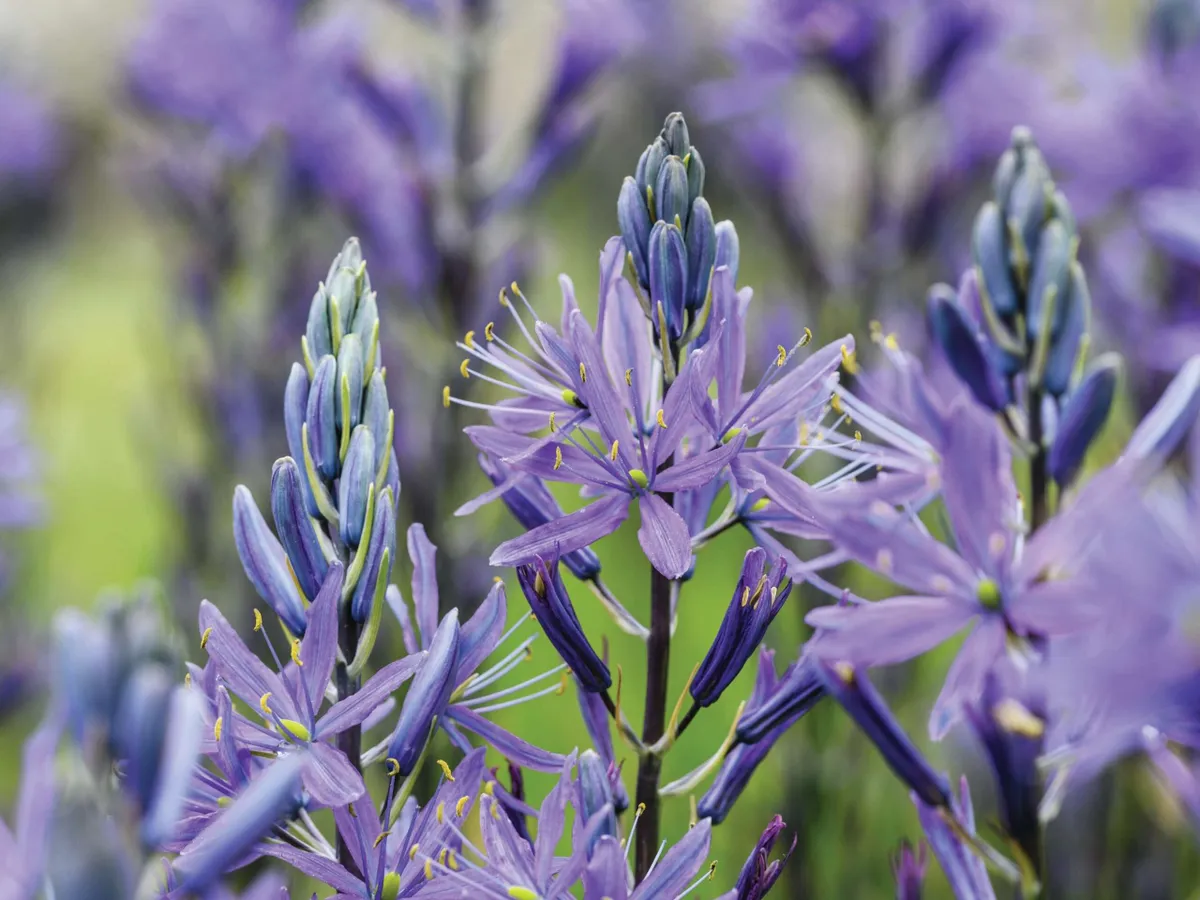
When drainage is an issue but bulbs are a must, Camassia is definitely worth a try. In the wild, they are found on woodland edges and in damp meadows in the Pacific Northwest of the US, and they are easy to naturalise in the garden, producing tall spires of blue or white flowers between April and June, as long as the soil is reliably moist.
A good choice for clay soils, Camassia is best planted en-masse, and should preferably be grown in a sunny spot, although they will take some shade. Attractive in an ornamental orchard or soggy lawn-cum-meadow, they might also be used at the edge of a bog garden, in a spot where a pond could overflow in heavy rain or at the side of a stream.
Here's our Camassia grow guide
Scirpus cernuus
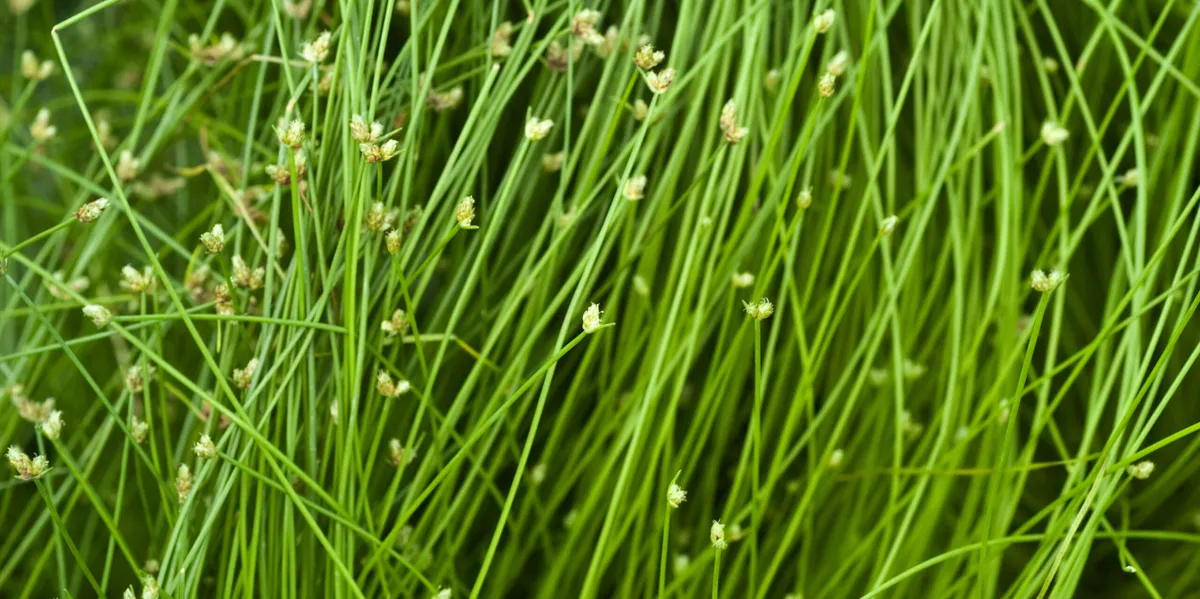
An evergreen perennial in the sedge family, Scirpus cernuus is aptly known as the fibre optic plant, due to its slender grass-green stems tipped with silver-white flowers in summer.
Usually sold as a pond marginal, it is a really flexible subject, making a good garden plant in moister soils or actively boggy ground, and fairly robust in the face of more comprehensive flooding events – just don’t let it dry out completely. For the purposes of garden design, the it is an asset in the winter garden where it will to lend a welcome splash of fresh green.
Here's more on the best plants for wet soil in winter